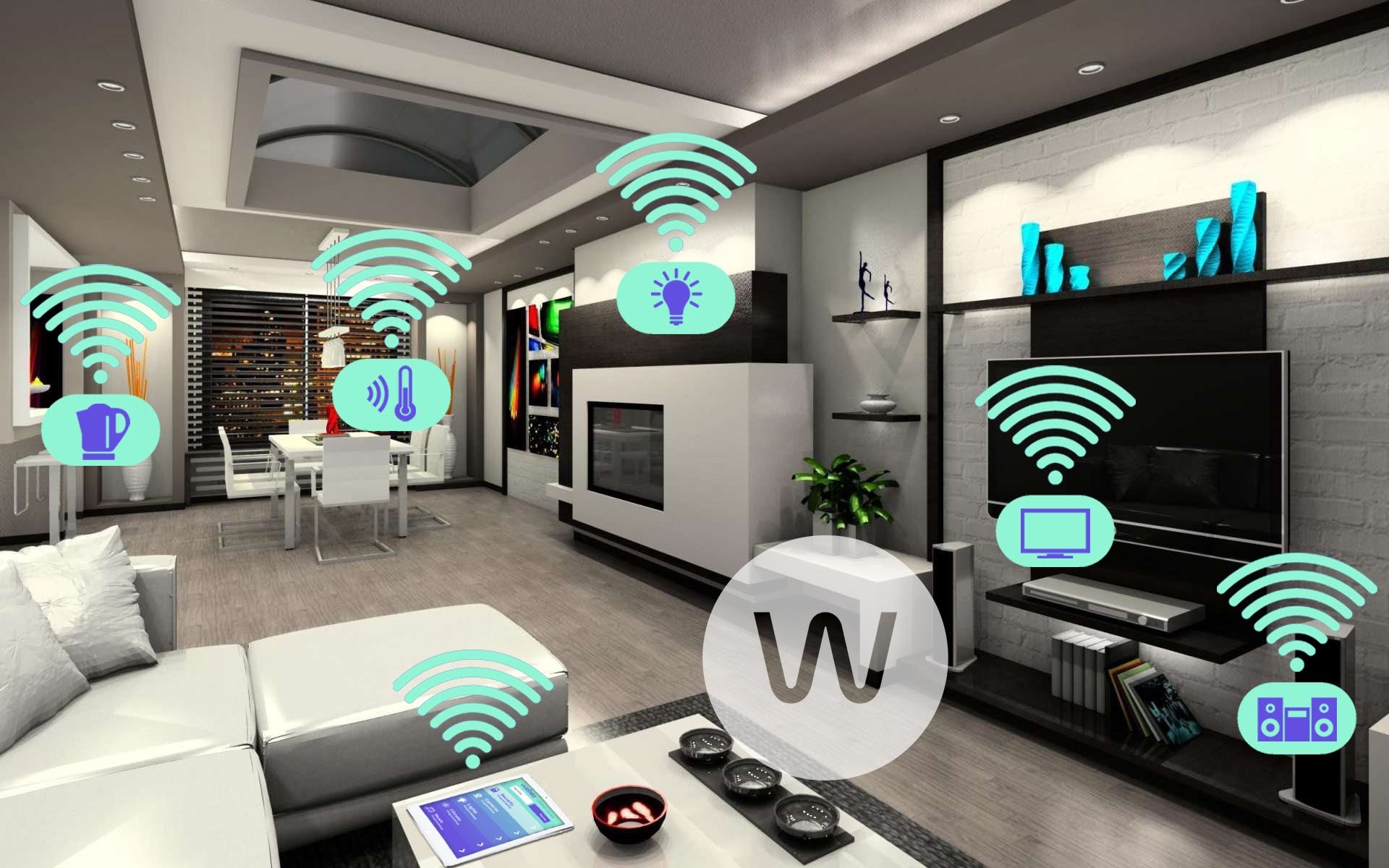How to properly organize automated lighting in the house

Competent lighting helps to create a unique atmosphere in the living room. Thanks to automation systems, you can develop multiple scenarios with different moods. Such solutions significantly increase the functionality of the house and make it more comfortable.
Z-Wave – an automated lighting control system for a “smart home”
The significant advantages of this modern wireless lighting control system include:
- the presence of an encrypted radio channel for communicating devices, which significantly increases the security of the system;
- a design that does not require wall chasing or a serious alteration of the interior for its installation.
The system consists of blocks capable of driving one multi-color or several multi-color LED-based RGB strips.
Variants of scenarios for home lighting using the Z-Wave automated system
First of all, automation allows you to set different scenarios for day and night. At night, instead of 100% of the brightness of lamps or fixtures, only 30% is used. In addition, the temperature of the light and its hue can be changed. During the day – cold white light, contributing to increased efficiency. At night – relaxing yellow light or a combination of color spots.
Another popular scenario is interior lighting. For example, you can choose the option of lighting cabinets and wall shelves.
Management is carried out from a compact keychain. Buttons are used to start/stop scripts and the entire system.
Setting up motion sensors and briefly turning on the light in specific areas (corridor, stairs, hallway) eliminates the need to use switches. This is especially true when small children or elderly people live in the house. In addition, the switches create visual noise, spoiling the interior with them: the contactless system avoids this.
The reaction to the level of illumination in the apartment and the connection of additional light modules at dusk helps to feel comfortable at any time of the day.
Additional functions of “Z-Uno Shield”
The device is based on a reliable board Z-Uno. Microcircuits are located in a moisture-proof housing. Includes a 4-channel LED strip controller and can be programmed using a graphical designer. In addition, the block contains sensors for dry contacts, temperature and humidity.
At its core, Z-Uno Shield is an extension for Z-Uno and cannot work without this board. The board features easy installation that requires no soldering or programming. All that is required is to connect the board through the terminal block and set up its operation. The device is DIN rail compatible.
The purpose of the Z-Uno Shield is to make it easy to work with the basic Z-Uno light control board. The board has different types of inputs: analog, relay and digital. The control is carried out using the Arduino microcontroller.
This is a balanced and comfortable solution for managing lighting scenarios in a smart home.
